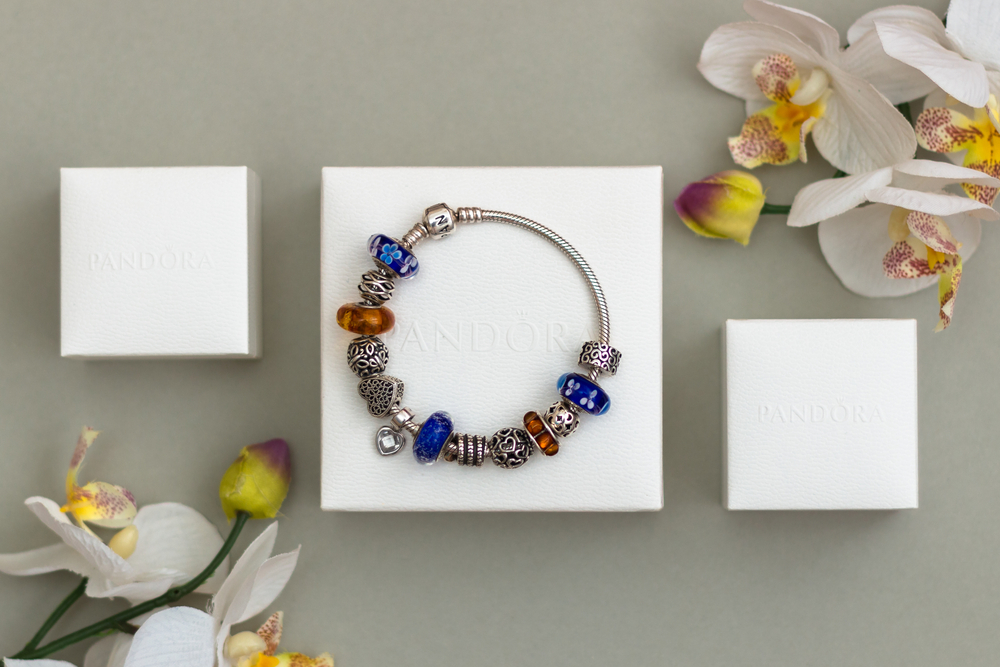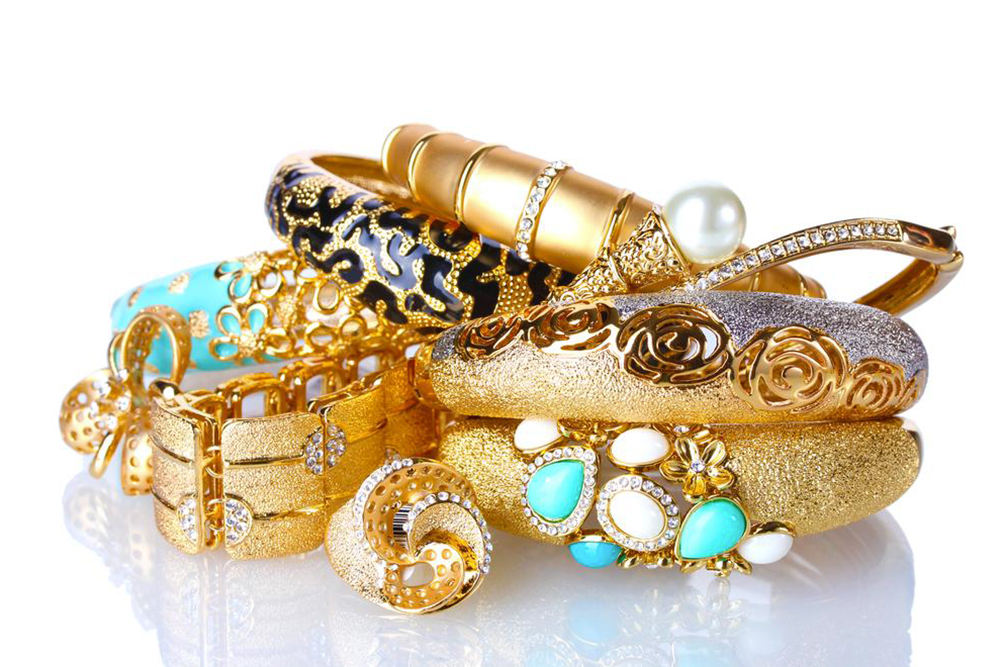All You Need to Know about PANDORA Bracelets and Charms
There are a number of jewelry brands around the world making some of the finest and precious pieces of jewelry one can find. PANDORA, however, made its name in the jewelry world selling inexpensive, personalized, and trendy jewelry.
Founded in the early 80s by a Danish goldsmith named Per Enevoldsen and his wife, PANDORA has now become one of the largest brands in the market of jewelry. From its exclusive bracelets, pendants, charms, necklaces, earrings, etc.

However, the PANDORA bracelet charms for sale have been the most sold item on their list. Let us now take a look at the history of how PANDORA came to be.
The Story of PANDORA
While PANDORA was started as a retailer, soon after their formative years they concentrated more on wholesale items. Ever since then PANDORA has been working to make its presence felt in an international market, entering the United States in 2003 and Germany and Australia in 2004. As of now, PANDORA has made its presence felt in more than 70 countries with around 900 concept stores around the world, making it the third largest jewelry manufacturer in the world.
PANDORA bracelets and charms
While most jewelry brands depend on rings, bracelets, necklaces, and such for their sales, in the case of PANDORA, the bracelet charms for sale have been their most sold product till date. The original model was created by Enevoldsen – a simple and unique design of a silver rope with spaces in the middle to be filled in with silver, gold, semi-precious stones, Murano glass etc. The PANDORA bracelet and charms design was an instant hit and became a fashion statement all over the civilized world. In the year 2000, the bracelet design was patented by PANDORA.
It would be wrong to say that PANDORA invented the concept of the charm bracelet. Rather, they took the concept from folklore and built upon it. The concept of charms has existed in societies for a long time. They mostly have to do with the belief that wearing certain precious and semi-precious stones can protect the wearer from evil spells and entities.
During the history of the American people charm bracelets have become fashion statements in the 30s and the 50s, however, none of the jewelers of the time came close to the success of PANDORA. PANDORA charm bracelets for sale have since been available at every major and minor jewelry store.
At the time when PANDORA bracelet charm sales hit the American market, there was a strong recession which had a negative impact on the jewelry market. Nobody wanted to buy a $400 silver necklace anymore. This is where PANDORA made their smartest move. The price range for PANDORA bracelet charms for sale was between $15 and $21 thereby offering the middle-class an ample amount of fine refined jewelry to buy. What was even better was these bracelets could be worn anywhere and with anything. From a party with a dressing gown to college in your jeans, PANDORA bracelet charms could fit into any fashion statement.
The making of charms
Pandora’s charms were not only a huge market success because of the time and the needs of the people, but also because of PANDORA’s clever thinking. These charms are made keeping in mind the color and the choices of the modern age as well as the glorious and artistic past of charms itself.
Another method that really helped spearhead the PANDORA bracelet charms sales was the sheer number of styles they were available in. This meant that everyone could have their own personalized bracelet charm and with insignias that they could relate to. As of now, PANDORA sells around 800 types of bracelet charms.
Almost all jewelry shops nowadays have PANDORA bracelets and charms for sale, so head over and get your own unique charm!




